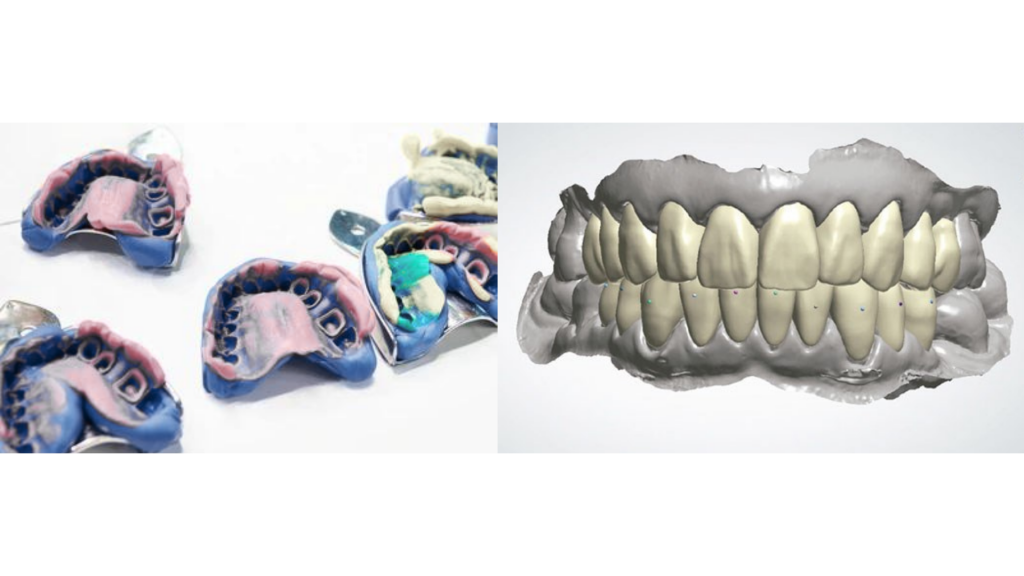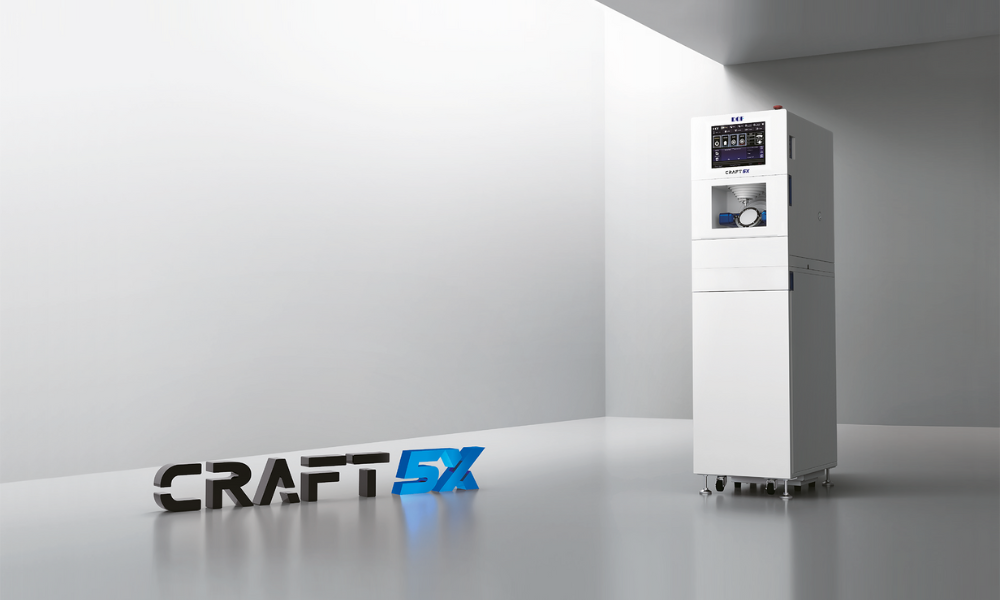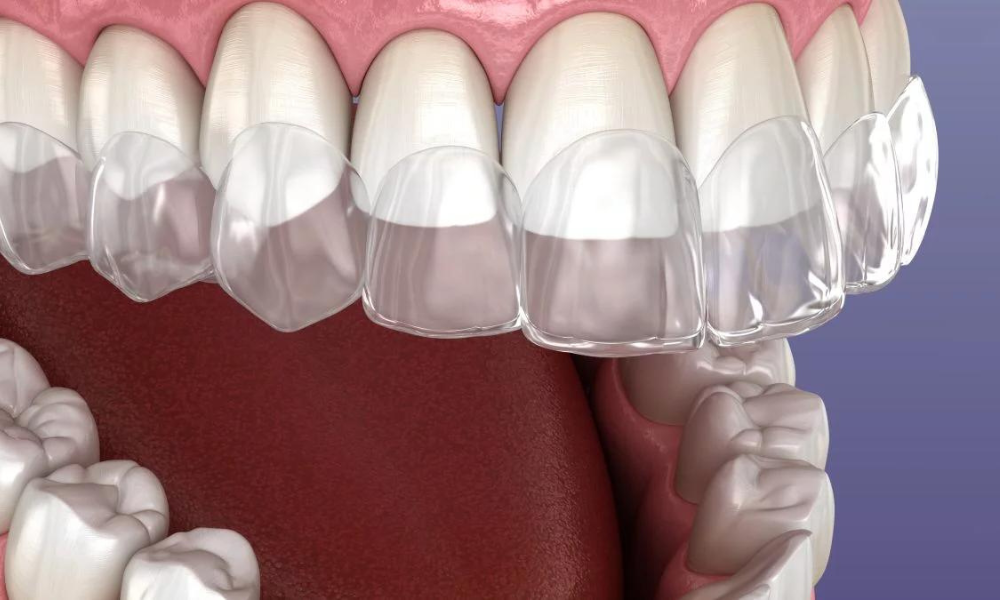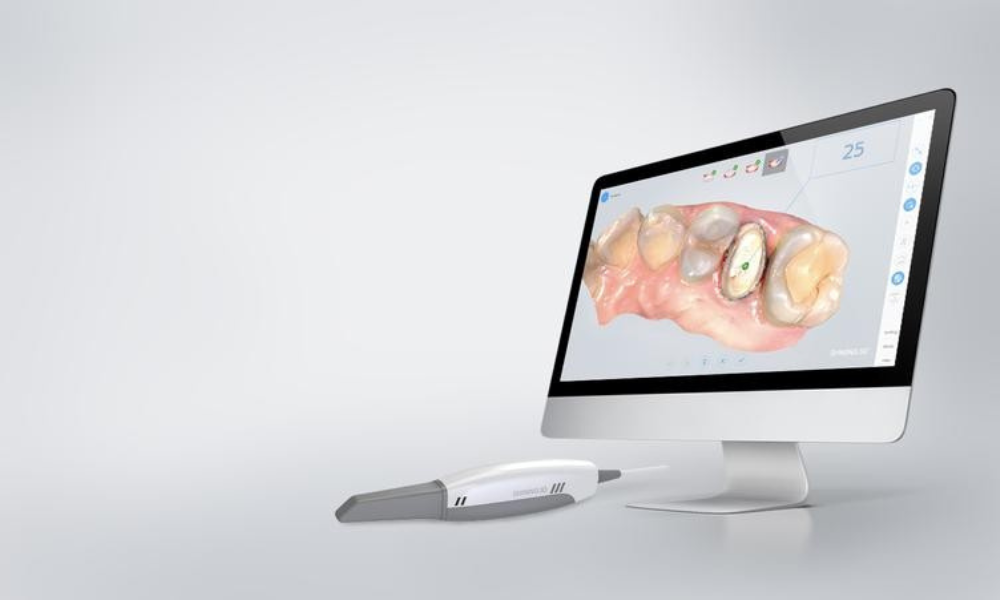
Dental impressions are moulds taken from the patient’s mouth to reproduce the oral cavity in detail. They are used to obtain the base structure that is used to make the crown or prosthesis required by the patient in the laboratory.
DIGITAL FLOW
The digital flow consists of drawing up a system arbitrated by digital resources in order to optimise the professional’s work. This system is becoming an increasingly important part of the day-to-day work in the dental sector.
A digital flow consists of:
- Digitisation, which can be carried out with various sources such as intraoral or extraoral scanners, CBCTs (Cone Beam Computed Tomography).
- The design or CAD phase, which is computer-assisted with software divided into two types, those for smile design and spectrophotometry and those for the design of prostheses or surgical guides.
- The production or CAM phase, which can be carried out using subtractive or additive manufacturing techniques.
TRADITIONAL FLOW
The traditional flow is characterised by its creation by taking impressions with impression holders, alginate, silicone or wax, photographs and two-dimensional X-rays.
TRADITIONAL VS DIGITAL
The differences between these two types of flows are on the one hand the greater accuracy and reliability in the digital ones, since the reproduction that they perform is unmatched to date, the reduction of time in each treatment, thus saving not only time in making the impression, but also in sending it to the laboratories and helping the doctor-patient relationship.
At GT-Medical we believe in the power of innovation and tradition, offering a wide range of dental solutions that adapt perfectly to both digital and traditional methods, so that our clients can have the best of both worlds at their fingertips.
- SHARE YOUR EXPERIENCE -
Thank you for reading our article on digital vs. traditional flow in dentistry!
We hope you found the information useful and that it helped you better understand the differences between these two methodologies. If you have any questions or comments, feel free to share them in the comments section below.
We’d love to hear from you and answer any questions you may have, thanks again for reading and we hope to see you in our next article soon!




